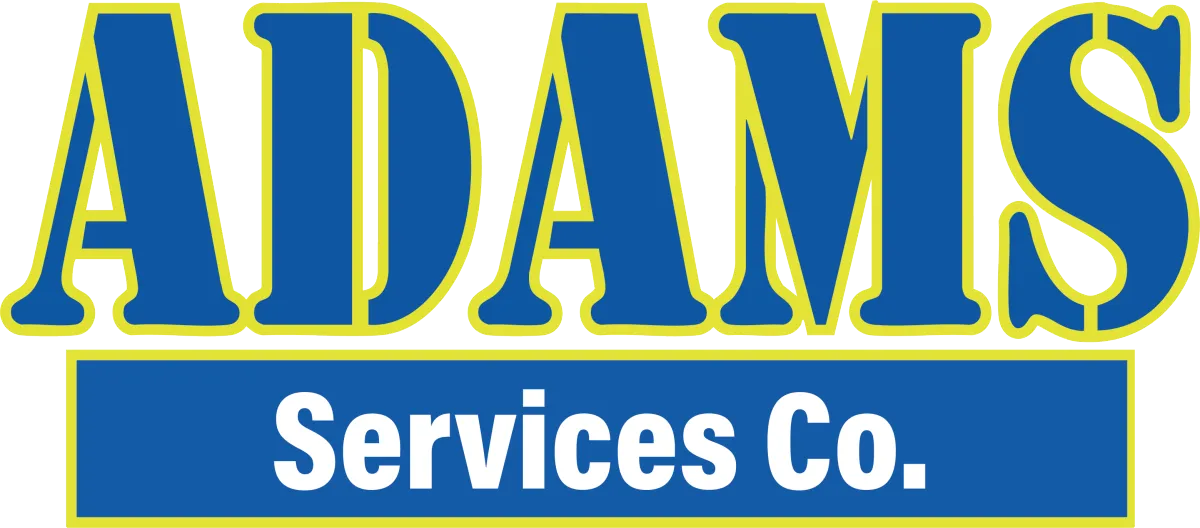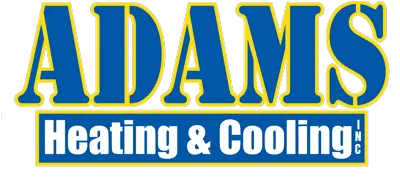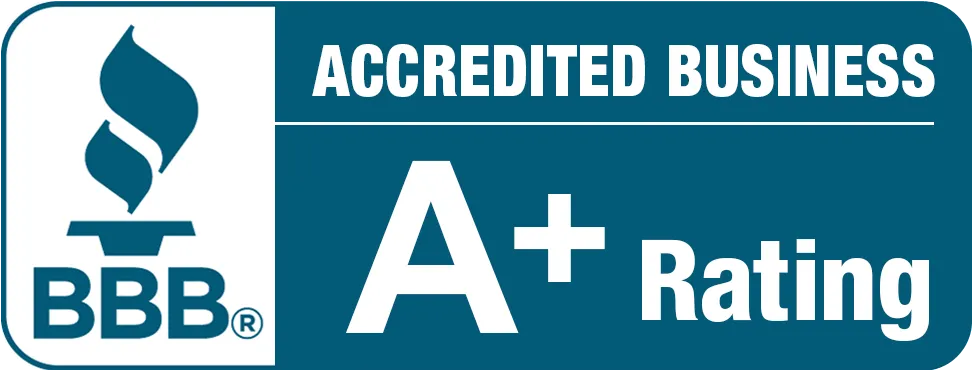Adams Heating & Cooling
HVAC Experts You Can Trust
Serving Tuscaloosa, AL, Birmingham, AL, and surrounding areas since 1982
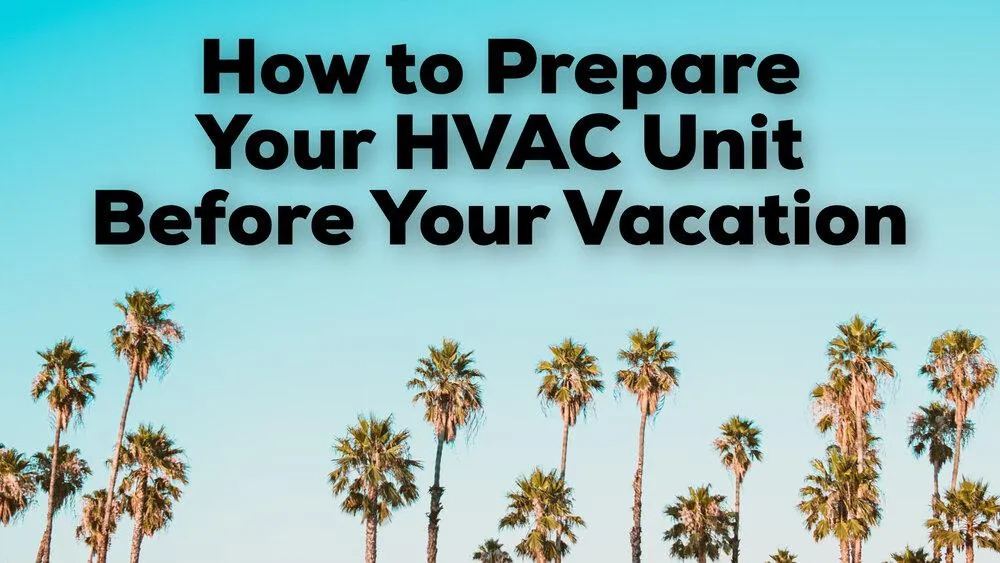
How to Prepare Your HVAC Unit Before Your Vacation
We get it. The last thing you want to do is extra work before leaving for a vacation. Isn’t the point of “getting away” to leave the stress and worry behind you? Sure, but what’s worse than preparing for a vacation is to come back from one just to find that your AC was on high the entire time you were gone. So, use this guideline to prepare for your departure to save you energy, time, and money.

1. Choose the Right Temperature Setting
Turning off your HVAC system while you're away may seem like a good way to save money, but it can backfire. Without climate control, your home is vulnerable to excessive humidity, mold growth, or extreme cold leading to frozen pipes.
Summer Settings
During the summer, keep your thermostat set to around 78°F. This temperature is warm enough to minimize energy use but cool enough to prevent humidity buildup. Humid conditions can lead to mold and mildew, especially in tightly insulated homes.
Winter Settings
In colder seasons, never set your thermostat below 60°F. Freezing temperatures can lead to burst pipes and structural damage. 60°F is a safe minimum that prevents freezing while still saving on energy costs.
Smart Thermostat Tips
Smart thermostats like the Nest, Ecobee, or Honeywell Home offer vacation modes and remote monitoring. You can adjust settings on-the-go or schedule temperature changes based on weather forecasts. Some systems even send alerts if something goes wrong.
Pro Tip: Pair your smart thermostat with occupancy sensors or window sensors to further optimize energy usage.
2. Install Surge Protection
Power surges can occur during electrical storms or due to grid fluctuations. A sudden surge can fry your HVAC’s circuit boards, requiring costly repairs or even a full system replacement.
Whole-House Surge Protectors
Installing a whole-house surge protector is the best way to protect not just your HVAC system but all other electronics as well. These devices intercept high-voltage surges and divert them safely into the ground.
Dedicated HVAC Surge Protectors
These are installed directly onto your HVAC unit, offering an added layer of protection.
Don’t leave your investment unguarded. Have a licensed HVAC technician assess your system’s surge protection before your trip.

3. Replace Air Filters
Clogged filters restrict airflow, forcing your HVAC system to work harder. This reduces efficiency and increases the likelihood of a breakdown during your absence.
Filter Types
Fiberglass Filters: Affordable but need replacing monthly.
Pleated Filters: Better filtration and last 2-3 months.
HEPA Filters: Ideal for allergy sufferers; change every 6-12 months depending on use.
Steps to Replace:
Turn off your HVAC system.
Remove the old filter and note its size.
Insert the new filter with the airflow arrow pointing the right direction.
Be sure to note the replacement date. Leaving with a clean filter ensures maximum efficiency while you're away.
4. Clean the Outdoor Unit
The outdoor condenser unit is a crucial component of your HVAC system. It releases the heat absorbed from inside your home to the outdoors, allowing your air conditioner to cool efficiently. When this unit becomes clogged with debris like leaves, dirt, or grass clippings, it can't perform this heat exchange properly, which can lead to reduced efficiency, higher energy bills, and potential damage to the system over time.
Why Cleaning Is Important:
A dirty or obstructed condenser unit must work harder to cool your home, which can:
Increase wear and tear on the compressor.
Shorten the lifespan of the entire HVAC system.
Lead to costly repairs or complete breakdowns during peak usage.
How to Clean the Outdoor Unit:
Power Off the System
Before doing anything, turn off the power to the unit. You can do this either from the thermostat or the main electrical panel to prevent any accidents or system damage.Remove Loose Debris
Using garden gloves, carefully remove any leaves, twigs, or grass that may have accumulated around or inside the condenser cage. A soft brush can help loosen and lift dirt stuck between the fins.Spray Down the Fins
Use a garden hose with a gentle stream (never a pressure washer) to spray off any remaining dust or debris. Spray from the inside out if possible, to push dirt away from the coil rather than deeper into it.Clear the Surrounding Area
Trim back any plants, bushes, or tall grass to maintain at least a 2-foot clearance around the unit. This promotes proper airflow and prevents debris buildup in the future.Inspect for Damage
While cleaning, take a moment to visually inspect the fins and coil for signs of damage, corrosion, or bent fins. These issues can also hinder performance.
Professional Help:
If you're unsure about the cleaning process, or if the unit hasn’t been serviced in over a year, it’s wise to call a licensed HVAC technician. They can perform a comprehensive inspection and cleaning, ensuring your system runs at peak efficiency.

5. Schedule Preventative Maintenance
Don’t risk HVAC issues while you're away. A certified technician can catch small problems before they become big ones.
Inspection Includes:
Checking refrigerant levels
Inspecting electrical connections
Testing thermostat performance
Cleaning internal components
6. Secure Outdoor Items
Unsecured objects can damage your HVAC unit during windstorms or severe weather.
What to Store:
Lawn chairs and tables
Garden tools
Children’s toys
Potted plants and décor
Make sure to lock your shed or storage container to prevent theft or weather damage.
Bonus Tip: Consider adding a protective cover to your HVAC unit. Just ensure it's breathable to avoid moisture buildup.

7. Utilize Smart Home Technology
Smart home tools can give you real-time insights into your home's climate even while you're hundreds of miles away.
Recommended Tools:
Smart Thermostats: Schedule and remotely adjust temperature.
Humidity Sensors: Monitor moisture levels.
Leak Detectors: Alerts if there is water leakage near HVAC or plumbing.
With a smart home hub, all of these devices can be interconnected and monitored via your smartphone.
8. Ensure Proper Insulation
Even the best HVAC system struggles if your home isn’t properly insulated.
Steps to Improve Insulation:
Seal cracks and gaps around windows and doors using caulk or weather stripping.
Add insulation to attics, basements, and crawlspaces.
Use thermal curtains to block drafts from windows.
This minimizes energy loss and reduces your HVAC’s workload while you’re away.
9. Consider a Maintenance Plan
A scheduled maintenance plan guarantees regular checkups, which can prolong the life of your HVAC system and improve efficiency.
Benefits:
Priority Service: Get quicker responses during peak seasons.
Discounts: Reduced rates on repairs and parts.
Peace of Mind: Your system is in the hands of professionals.
10. Final HVAC Checklist Before Departure
Use this quick list to ensure your HVAC system is vacation-ready:
A well-prepared HVAC system means one less thing to worry about during your vacation.
Bottom Line
Taking the time to prepare your HVAC system before a vacation ensures peace of mind, energy savings, and a comfortable home upon your return.
Whether you are in need of seasonal upkeep, prompt repair, or an upgrade to your heating equipment, Adams Heating & Cooling is the right call to make for all your HVAC services.
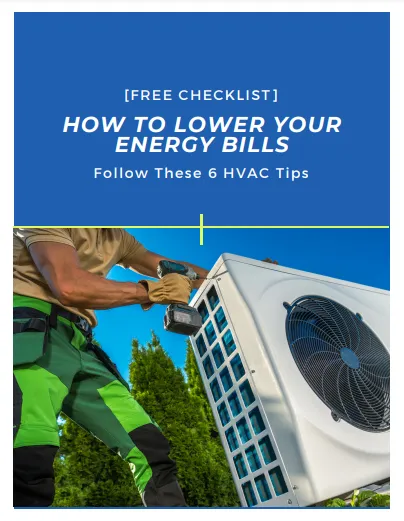
Tired of seeing those sky-high electric bills?
It's time to take control of your energy costs, and your HVAC system is a great place to start!
No more sweating over those monthly expenses!
Grab our FREE checklist to discover simple, yet effective, ways to lower your energy consumption and save money on your electric bill.
Inside this handy guide, you'll find:
Easy-to-follow tips to optimize your HVAC system's efficiency.
Common energy-wasting mistakes to avoid.
Actionable steps to make a real difference in your energy usage.
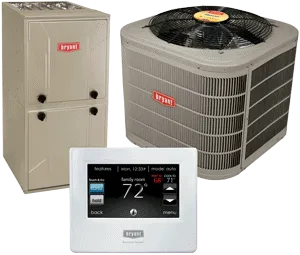
Free Estimates on Complete System Replacement
Call Now 205-339-6540
Office: 3415 Hargrove Road East,
Tuscaloosa, AL 35405
Office: 1236 Blue Ridge Blvd, Suite 111, Hoover, AL 35226
Call 205-339-6540
Call 205-606-4222
Email: [email protected]
